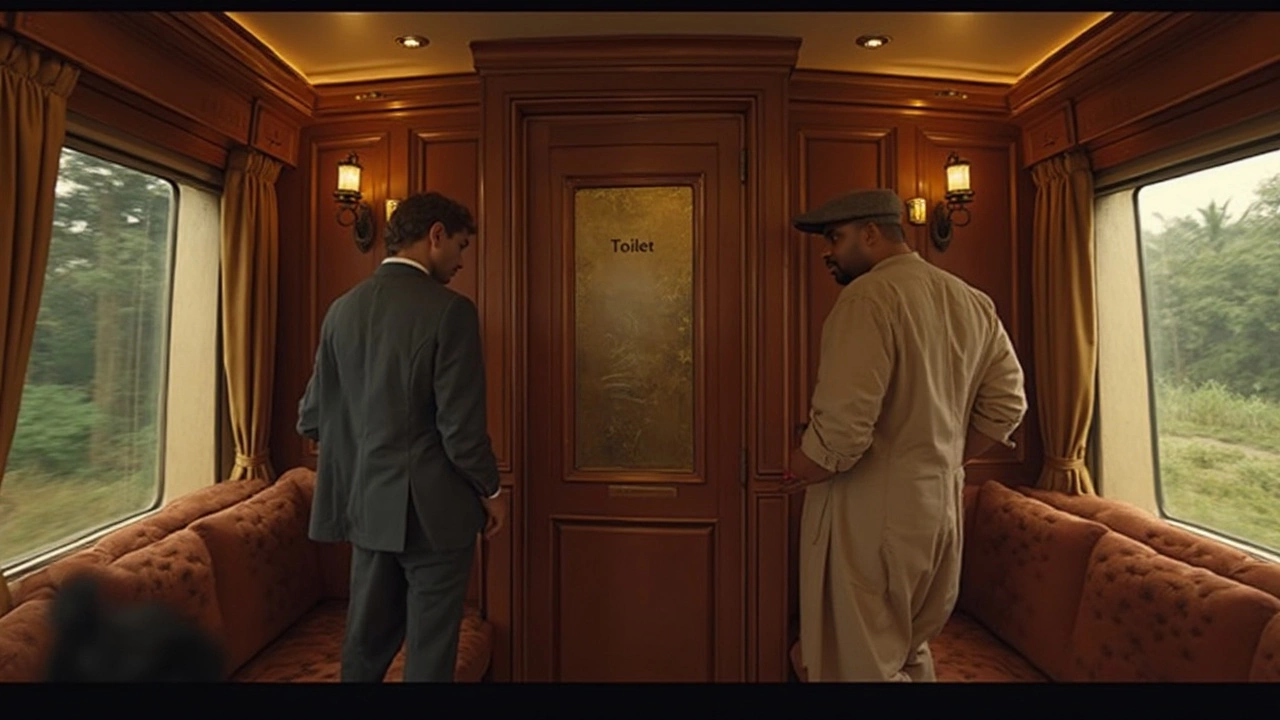Toilet in India: What You Need to Know Before You Go
When you're traveling in India, the toilet in India, a basic but often overlooked part of daily life isn’t just about function—it’s about survival. Unlike in many Western countries, public restrooms here don’t always come with seats, paper, or running water. Many are squat toilets, sometimes shared, often unclean, and rarely stocked. But here’s the truth: knowing what to expect turns panic into preparation. You don’t need to avoid India because of this—you just need to pack right and plan ahead.
The public toilets in India, common at train stations, temples, and highway rest stops are usually basic: concrete slabs with holes, buckets of water for cleaning, and no doors that lock. You’ll see locals carrying their own toilet paper—or using left-hand water bottles. Tourists often panic, but locals don’t. It’s not gross to them; it’s normal. And if you’re visiting a temple, palace, or heritage site, chances are the better facilities are reserved for staff or VIPs. Always carry your own small pack of tissues, hand sanitizer, and a portable toilet seat cover if you’re sensitive. Some travelers even bring a small spray bottle of water and soap—it’s not weird here, it’s smart.
Then there’s the Indian bathroom habits, the cultural norm of cleaning with water, not paper. If you’ve never used a bidet or a water spray, it feels strange at first. But once you try it, you’ll wonder why you ever relied on toilet paper. Locals use a small jug or a hose to rinse, then dry with a towel. No one judges you for not knowing how—it’s not taught to tourists. But if you’re staying in a mid-range hotel or guesthouse, you’ll often find a Western-style toilet with a spray nozzle. Just ask the staff where it is. And if you’re in a rural area or on a train? Always assume the worst and prepare for it.
Don’t let this scare you off. India’s sanitation is improving fast. Major cities like Delhi, Mumbai, and Jaipur now have clean, free public toilets in tourist zones—thanks to government programs. Train stations are slowly upgrading. Even small towns are getting solar-powered toilets with lights and locks. But you still can’t rely on them. That’s why the best travelers always carry their own tools: tissues, sanitizer, a small towel, and maybe a foldable seat. You’ll feel more confident, less stressed, and way more in control.
And here’s something most guides won’t tell you: the best toilets in India are often inside cafes, malls, or luxury hotels—even if you’re not a customer. Just walk in, smile, and ask politely. Most staff will let you use it. Big chains like Starbucks, McDonald’s, or even local chains like Chaayos often have clean, Western-style restrooms. It’s not guaranteed, but it’s worth trying. And if you’re staying in a homestay or guesthouse? Ask your host where the cleanest one is. They’ll know.
When you’re done reading this, you’ll know exactly what to pack, where to go, and how to handle the unexpected. You won’t be caught off guard. You won’t waste time hunting for a toilet in a crowded market. You’ll move through India with confidence—not because everything’s perfect, but because you’re ready for what’s real.
